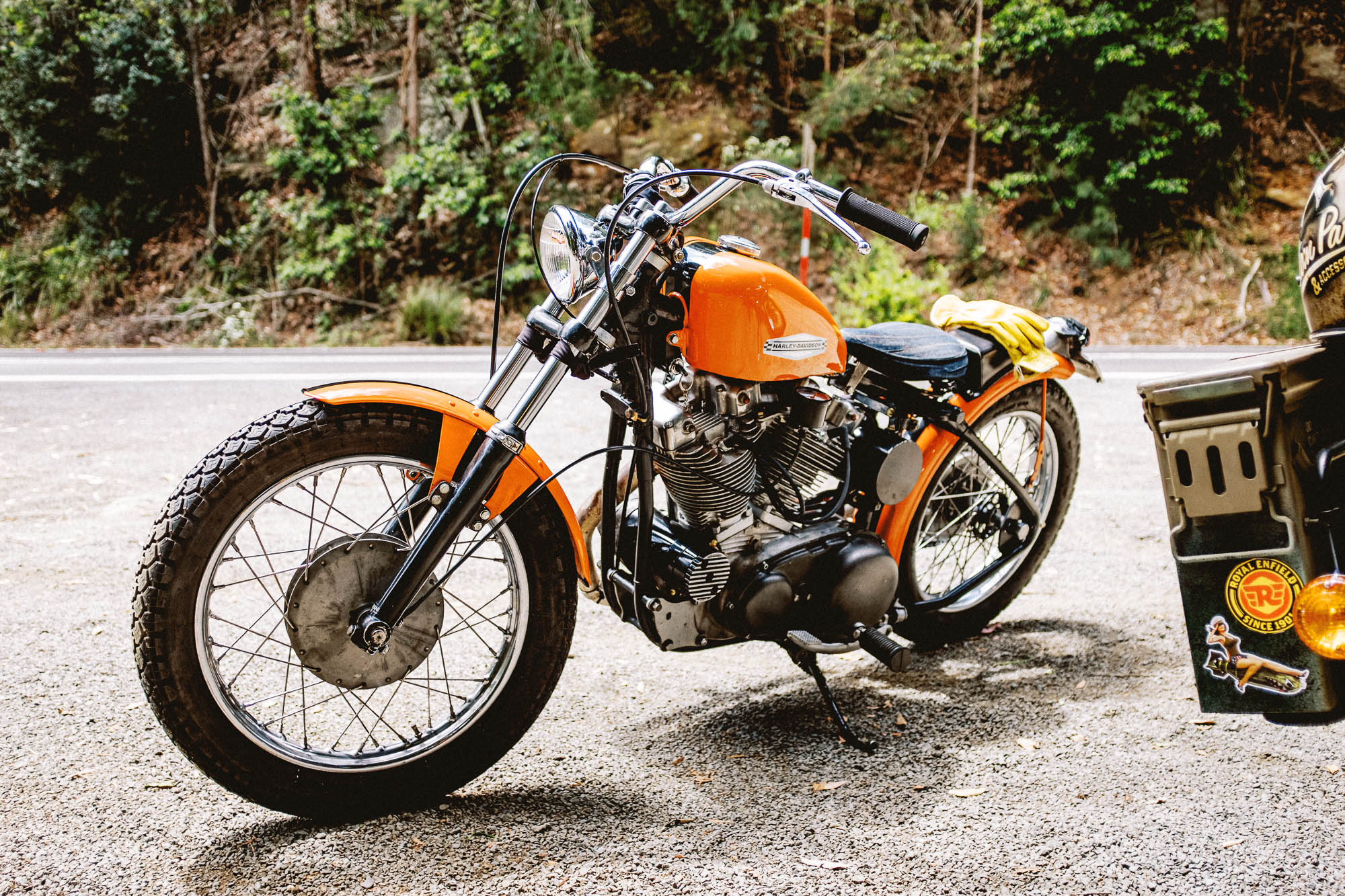For many motorcycle enthusiasts, the open road reflects not only a mode of transportation but also an exhilarating journey that embodies freedom and adventure. Yet, while cruising through picturesque landscapes, riders can occasionally encounter a phenomenon colloquially known as “death wobble.” This unsettling event can transform the serene experience of riding into a chaotic struggle for control. What causes this alarming occurrence? Understanding the roots of death wobble requires delving into the complex interplay of motorcycle mechanics, rider behavior, and the intricate dynamics of two-wheeled vehicles.
At its core, death wobble manifests as an uncontrollable oscillation of the motorcycle’s handlebars, causing the front wheel to shake violently. This intense vibration can catch even seasoned riders off guard and might lead to an instinctive tightening of grips, which often exacerbates the situation. But before we consider methods to counteract death wobble, it’s important to explore its causation, tracing the roots back to several interconnected factors.
First and foremost, the most prevalent trigger of motorcycle death wobble lies in the aspects of suspension and steering. The front-end geometry, which includes the rake (the angle of the steering head) and trail (the distance from the steering axis to the ground), significantly influences stability. If the rake angle is too steep, it can make the motorcycle more susceptible to wobble. A malfunction in any part of the suspension system, including worn shock absorbers or fork components, can also precipitate instability. Riders should routinely inspect these components to ensure they are functioning optimally.
Moreover, weight distribution plays a pivotal role. Unbalanced loading of cargo or improper rider posture can alter a motorcycle’s center of gravity, contributing to instability. When a rider leans too far forward or back, or if there is asymmetric loading on the bike, it can disrupt equilibrium. Riders should be conscious of their riding position and ensure that any cargo is properly secured and symmetrically loaded in order to maintain balance.
Another element worth considering is tire condition. The tires serve as the critical interface between the bike and the road. Uneven wear, incorrect tire pressure, or a mismatch in tire types can lead to loss of grip and contribute to the onset of death wobble. Tires should be routinely examined for wear patterns and inflated to the manufacturer’s recommended pressure. Additionally, the compatibility of front and rear tires—considering their sizes, treads, and types—should not be overlooked, as discrepancies can invite instability.
Furthermore, steering head bearings are crucial components that can contribute to death wobble if they are incorrectly adjusted or worn out. Loose or improperly installed bearings can create a scenario where the handlebars oscillate wildly, further escalating the risk of wobble. Regular maintenance and vigilant attention to the condition of these bearings can mitigate risks and enhance the overall riding experience.
In the context of riding technique, one cannot ignore the impact of external conditions. The road surface can play a colossal role in stability. Ruts, cracks, or gravel patches can challenge even the most proficient riders, potentially jostling the handlebars into a troublesome oscillation. Riding techniques such as scrutinizing the road ahead and making deliberate steering inputs can help counteract adverse conditions. Maintaining adequate control while navigating these obstacles is crucial in preventing a scenario where wobble can develop.
Now, let’s turn our attention to the psychological aspect of riding. The rider’s mental state can significantly affect their control over the motorcycle. A beginner, startled by a sudden bump or an unanticipated road hazard, may inadvertently tighten their grip on the handlebars. This instinctual response can inadvertently amplify the wobble, creating a vicious cycle. The ability to remain calm and collected, fostering a symbiotic relationship with the motorcycle, is crucial for minimizing the risk of wobble.
Interestingly, the fear surrounding death wobble often breeds an exaggerated perception of its causes. Many riders may straightaway correlate the wobble with poor workmanship or low-quality motorcycles. While there can be some truth to those assumptions, it is not an absolute. Even the most meticulously crafted motorcycles can experience death wobble if subjected to the right combination of unfavorable conditions. It is this unpredictability that amplifies the allure for many riders—the visceral sensation of mastering a machine on the edge of chaos.
To remedy or prevent death wobble, consider embracing a proactive approach. Regular maintenance checks—including suspension, tires, and steering components—should be non-negotiable elements of responsible motorcycle ownership. Furthermore, fostering a deep understanding of one’s motorcycle characteristics, combined with enhanced riding techniques, will limit exposure to the disconcerting oscillations of death wobble.
Ultimately, the phenomenon of death wobble serves as both a warning and a lesson. It symbolizes the delicate balance between rider, machine, and the ever-unpredictable environment. By acknowledging the multifaceted causes of this motorcycle issue, riders notch one more layer of enrichment in their ongoing journey through the thrilling world of motorcycling. In understanding and addressing these challenges, the open road promises to remain a realm of freedom rather than a stage for chaos.
